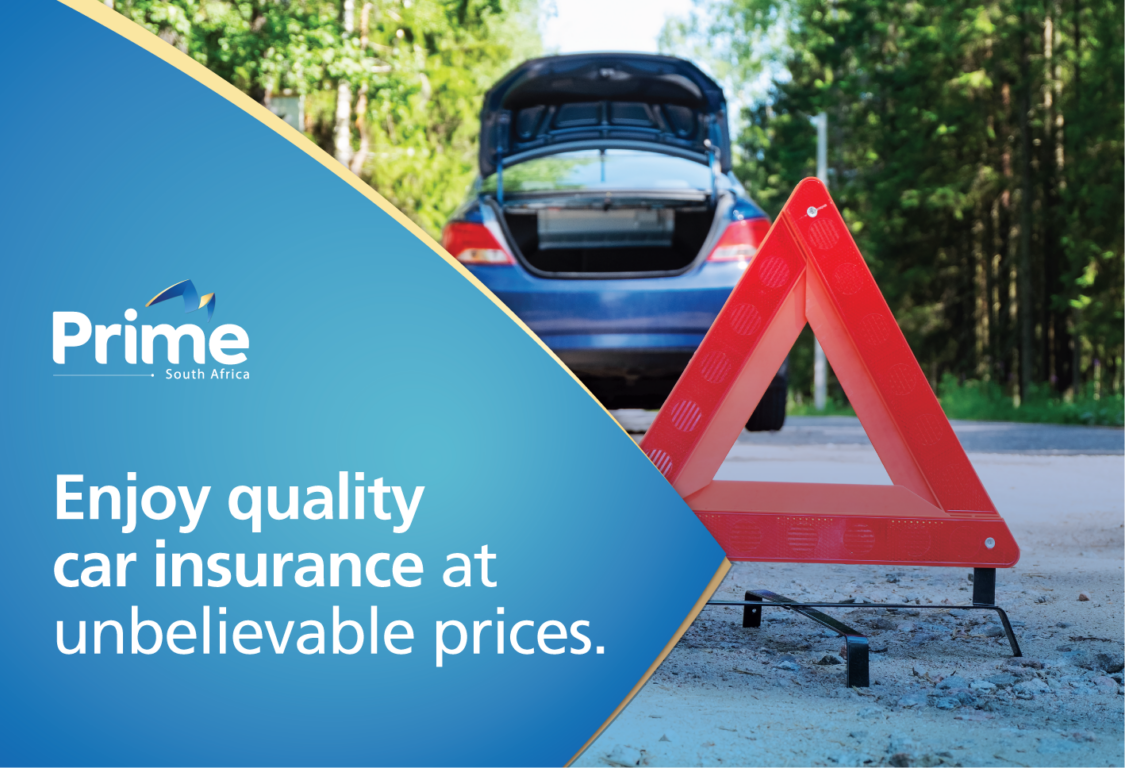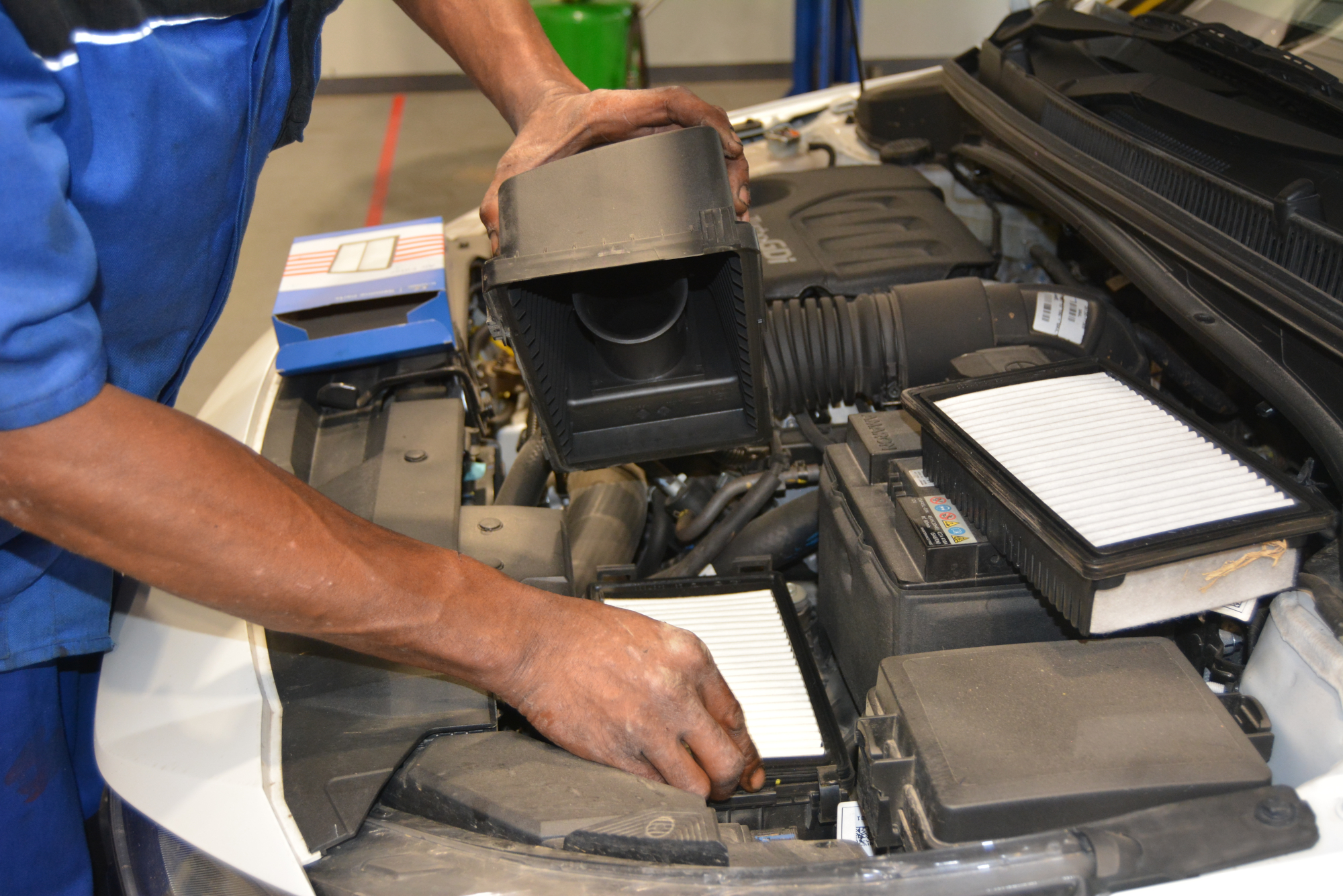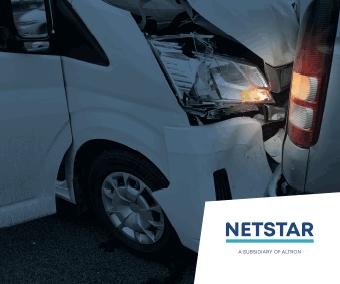As a car owner, you’ve likely experienced moments of anxiety and confusion when your vehicle misbehaves unexpectedly. Questions immediately arise: Why won’t the car start? What’s causing that strange noise? Why is the check engine light on again?
This automotive troubleshooting guide, crafted by expert technicians, will walk you through some of the most common car problems. It will demonstrate how to diagnose these issues and identify the necessary parts or services to promptly get you back on the road. ¹
Utilising Your Vehicle’s On-Board Diagnostics (OBD) System for Quick Troubleshooting
For most cars manufactured after 1996, the on-board diagnostics (OBD) system is valuable for identifying serious problems. The OBD system can indicate the type of trouble and provide a code to help your mechanic diagnose and repair the issue. Accessing this system involves plugging a scanner tool into the OBD port, usually under your dashboard. ¹
Modern computer diagnostic services employ the latest equipment to determine the root cause of a car’s malfunction quickly. After completing a diagnostics scan, they can thoroughly inspect the affected system to confirm which parts have failed, which helps you make sure that they can accurately diagnose your car’s problem and efficiently get you back on the road. ¹
Troubleshooting Five Common Car Problems
Some car issues are common and can be easily diagnosed and fixed, whether you’re stuck on the side of the road or just trying to keep your car running smoothly. Here are five common car problems and their usual causes: ¹
Car Won’t Start¹
-
- Examine your battery: A depleted battery is the primary reason a car won’t start. Dim or non-functional interior lights indicate a drained battery.
-
- Inspect the ignition switch: If your battery is in decent shape, but the car doesn’t respond when you turn the key, the ignition switch might be the issue.
-
- Assess the starter: If you hear a soft whirring, clicking, or ratcheting sound when trying to start the car, the starter could be the culprit.
-
- Review the fuel system: Ensure there’s petrol in the tank. Issues with the fuel pump, filter, or injectors could prevent the engine from starting even if it cranks. If other factors are ruled out, consider fuel system malfunctions.
Engine is Overheating¹
-
- Monitor your coolant levels: Insufficient coolant often leads to overheating. Ensure the coolant is at the recommended level.
-
- Examine the radiator: Look for leaks in the radiator or connected hoses. Leaks can cause overheating; you might find green liquid or stains near the bottom.
-
- Check the electronic cooling fan: While the engine is running, check if the fan is working. It’s located directly in front of your radiator.
-
- Evaluate the thermostat: If coolant and radiator issues are ruled out and your car is still overheating, the thermostat might be the problem.
Brakes Squeaking or Grinding¹
-
- Investigate the brake pads: A squeaking sound usually signals the need for new brake pads. A grinding sound indicates that the pads are shallow and may need immediate replacement.
-
- Inspect the rotors: Worn-out brake pads can damage the rotors, causing grinding noises. Look for grooves or heavy scratches on the rotors, but avoid touching them right after driving, as they will be hot.
Poor Fuel Economy¹
-
- Check tyre pressure: Ensure all tyres are inflated to the recommended pressure. Low tyre pressure can decrease fuel efficiency.
-
- Check the air filters: A clogged air filter can restrict airflow into the engine, negatively impacting fuel economy.
Check Engine Light Is On
-
- Inspect the petrol cap: Ensure your petrol cap is securely fastened. A loose petrol cap can cause the check engine light to illuminate, and sometimes the cap needs replacement.
-
- Assess the spark plugs: Worn-out or faulty spark plugs can trigger the engine light due to inefficient combustion.
-
- Check the oxygen sensor: A malfunctioning oxygen sensor can activate the check engine light, leading to poor emissions control and possible damage to other parts.
-
- Check the code: a professional technician could use the On-board Diagnostics (OBD) system to identify the issue. The check engine code provides insights into what may be wrong. While some codes are direct and specific, others are more general and indicate an area rather than a particular problem. Professional inspection and testing are recommended for general codes to diagnose the issue accurately.
Please confirm with your car’s user manual and manufacturer regarding car repair or maintenance you need to restore your car’s performance. Communicate more confidently with your local mechanic using this information. ¹
Whether you’re dealing with a car that won’t start, grinding brakes, or any other issue, rest assured. Please remember that professional technicians have the tools and expertise to diagnose your car’s problem and quickly get you back on the road! ¹

Disclaimer:
The article aims to inform South African motorists about car troubleshooting.
You will need comprehensive car insurance to finance your future vehicle purchase. Select Prime South Africa, which you could know by its previous name Prime Meridian Direct (PMD). Choose affordable Comprehensive car insurance with fixed premiums*, reducing excess*, and excellent service today. T’s and C’s apply.
Please get professional financial advice from a certified financial advisor to ensure you select the appropriate financial services product.
Sources:


























